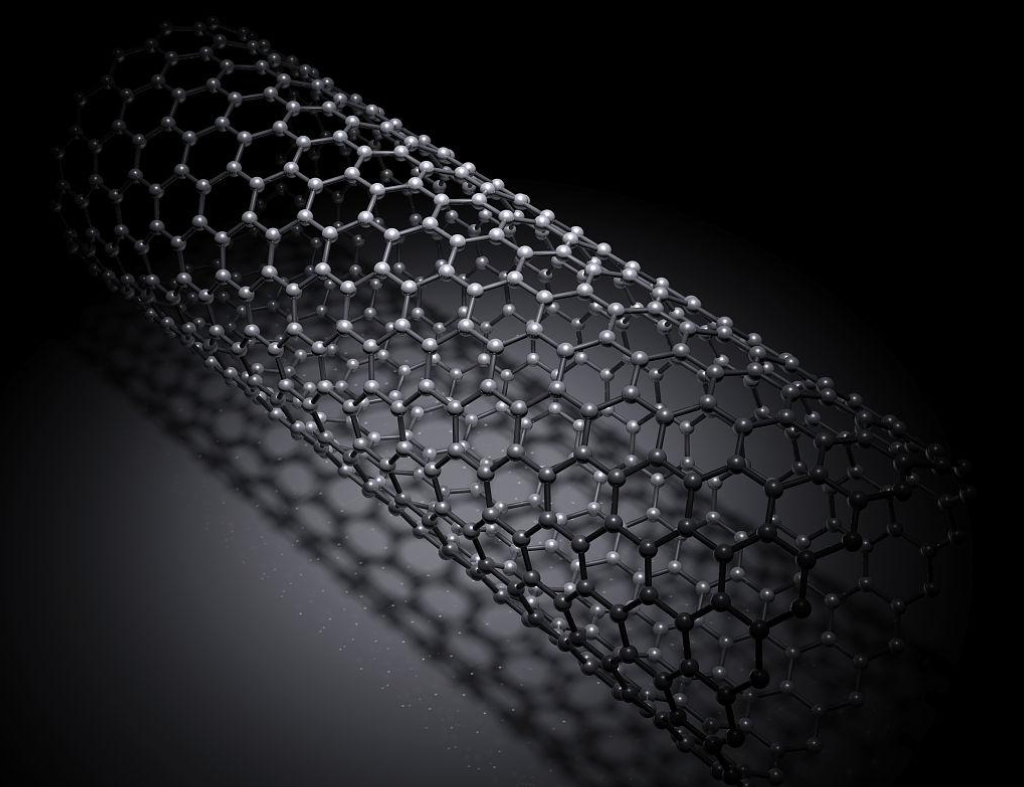Graphene vs Carbon Nanotubes: Which Is Better for Your Application?

Introduction: Two Carbon Giants
Graphene and carbon nanotubes are both made of carbon atoms, but their forms and functions differ. Understanding their strengths and trade-offs is key to choosing the right material for your project—whether it’s electronics, coatings, or composites.
Core Differences at a Glance
| Property | Graphene | Carbon Nanotubes |
|---|---|---|
| Structure | Flat 2D sheet | Cylindrical tube (1D/2D hybrid) |
| Surface Area | Extremely high | Moderate |
| Flexibility | Moderate | Excellent (especially SWCNTs) |
| Electrical Conductivity | Very high | High to ultra-high |
| Production Cost | Lower (now scalable) | Still high (for SWCNTs) |
| Ease of Integration | Easier to print and coat | Harder to disperse uniformly |
Application-Specific Comparison
-
Electronics & Conductive Films
-
Choose Graphene for transparent touch screens, EMI shielding
-
Choose CNTs for ultra-fast transistors, nanoscale wiring
-
-
Composite Materials
-
CNTs provide better tensile strength and flexibility
-
Graphene offers more surface adhesion and barrier properties
-
-
Thermal Management
-
Both excel; graphene for surface sheets, CNTs for vertical structures
-
-
Biosensing & Medical
-
CNTs are more sensitive for single-molecule detection
-
Graphene is better for imaging and broader sensor arrays
-
When to Combine Both
In advanced nanocomposites and flexible circuits, graphene and CNTs are often used together to create hybrid materials with synergistic benefits: strength, conductivity, flexibility, and durability all at once.
Conclusion
There’s no absolute winner between graphene and CNTs—it depends on your application. For large-area coatings and films, graphene shines. For mechanical reinforcement and precision nano-electronics, CNTs are ideal. In many cutting-edge projects, they work best together.

